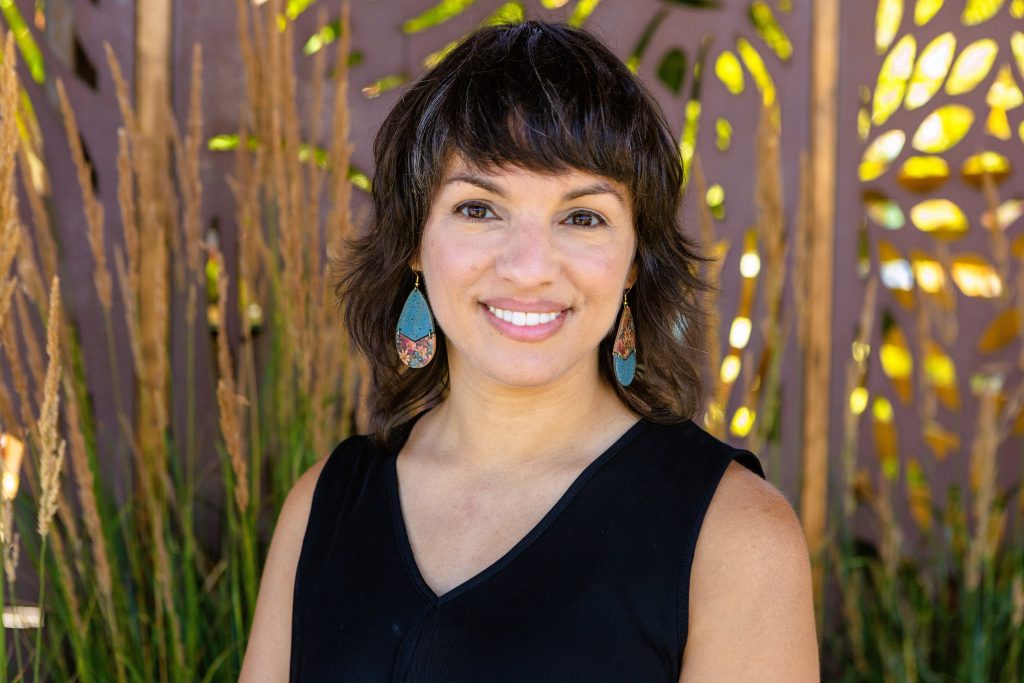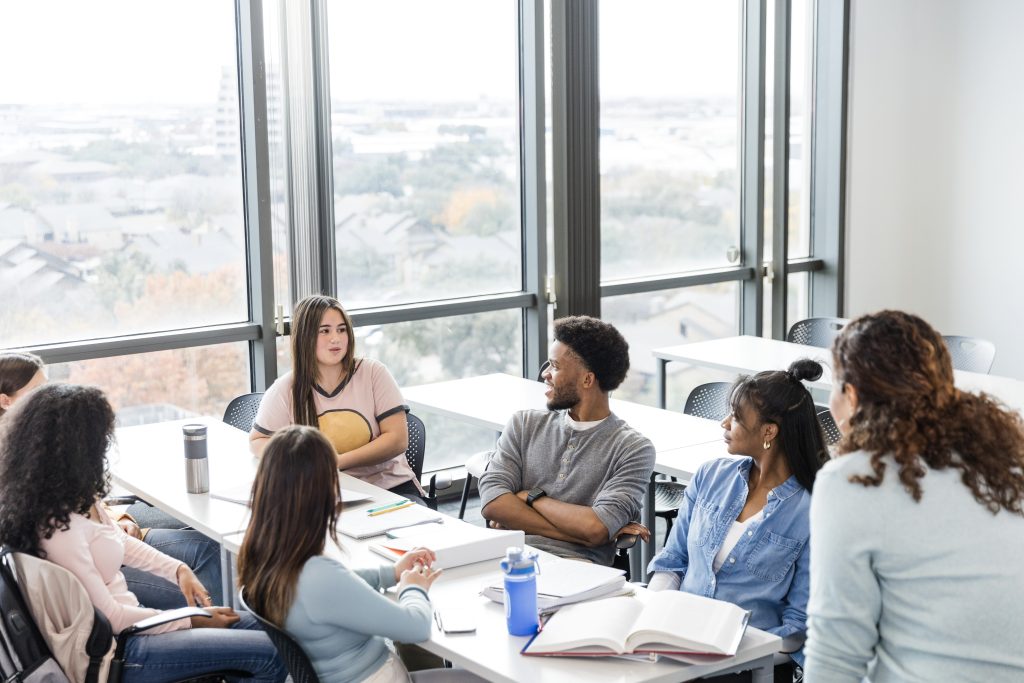
The world is in upheaval, and that won’t stop when school starts again in the fall. But higher education is positioned to address thorny challenges and there is so much to look forward to: new students, new opportunities, and new ways of connecting.
The new academic year is around the corner, students are enrolling, and faculty are preparing for their classes to be online. Before all of that ensues, universities will need to facilitate orientation programs online, welcome their culturally and religiously diverse student body, and prepare to connect them to their digital campus.
As you redesign your orientation programs, I implore you to designate time for students to share their beliefs, traditions, ways of knowing, and create opportunities for them to engage across lines of religious, spiritual, and secular differences. Establishing a culture that welcomes questions, seeks understanding, and holds diverse ideological perspectives intension is not only beneficial for the campus community you are building but also a skill set required of the 21st-century workforce. Now, amid so much uncertainty, we have the opportunity through these digital platforms to comprehensively build a sense of belonging, inclusivity, meaning, and purpose. So, how do you highlight the mission, academic rigor, diversity of your campus, and create engagement opportunities for all of our students? And how do you do this well?
As you consider your orientation model for the summer and fall, I’d like to share with you a few ways to embed and create opportunities to increase your campus’s interfaith literacy, and engage across lines of religious difference:
Foster Genuine Human Connection
Although at the start it might feel unrealistic, it is extremely important that each student feel seen and have an opportunity to connect with at least one person. As the saying goes, one person really makes a difference. Utilizing the Engagement Modules, in our Building Regular Interfaith Dialogue through Generous Engagement (BRIDGE) curriculum is a wonderful way to do this. Create break out rooms and provide opportunities for students to talk to one another.
Tell Students Who You Are
When you introduce yourself, share personal information. I would share, “my name is Janett I. Cordoves, I am a first-generation college student and I live in Chicago. I am Christian and love teaching others how to dance.” Think about how you introduce yourself and do not leave your religious, spiritual, or secular identity out. Many times, during orientation activities we engage topics such as socioeconomic status, gender, and race, but not religion. This is a fragmented approach and one that leaves students feeling confused and unwelcomed. Tell your students who you are, they will appreciate your honesty and vulnerability.
Embed Resources and Activities Students Can Pursue Further
During orientation, you are introducing resources that both generate conversation at the moment and provide ways for students to deepen their learning outside of orientation if something piques their interest. One such set of resources is IFYC’s Interfaith Leadership Video Series. You can use the Defining Interfaith Leadership video, which highlights various individuals and traditions who have engaged in interfaith cooperation. I would also recommend using the Exploring Social Capital video, which discusses the differences between diversity and pluralism, bonded and bridged social capital, and their impact in society. These videos can establish a starting point for a conversation about homogeneous and heterogenous communities and building bridges with individuals who do not have the same value system you hold. They are also a great prompt for students to consider what they can do to increase their interfaith literacy within their own communities.
Promote Community and Accountability
Lead with your mission and clearly share who you are and what you believe. Share examples of how students will know and observe these values and create ways to hold each other accountable to them. In this segment, share how your campus welcomes those of various religious, spiritual, and secular backgrounds and how they can connect with religious and non-religious student groups, advisors, mentors.
Create a Ritual
Ritual is often used to connote a religious practice, but we have many civic rituals as well – singing the national anthem before sporting events, parades, and commencements. Think of a ritual as a practice or observation to convey meaning. Creating ritual within a community is important, particularly in a digital space, in which you as a facilitator have little control over people’s physical surroundings. You have an opportunity to create something where everyone, because of the digital platform, can participate and see themselves belonging to your campus. This is amazing! During your digital orientation consider taking a class photo, creating a new hand sign, sharing university designed backgrounds, or singing and recording your school song.
As a past Director of New Student and Family programs, I prioritized exposing and highlighting the rich diversity of the campus I was situated in. I utilized tools like Comevo and Campus Labs to deliver and track engagement, provide dynamic discussion boards, facilitate a virtual sense of belonging by tailoring emails, host faculty, and staff introductions videos, establish hashtags for the various components of the one-day, three-day or week-long orientation program. The National Orientation Directors Association (NODA) has led much of this work for some time now by highlighting e-portfolios to enhance scavenger hunts, transcriptions, and translations attentive to the various student and family needs of our institutions. These historically optional experiences for primary transfer and international students are now the norm for the entire incoming class.
I recognize that some of these examples are a bit unconventional, but I believe these types of online engagements are necessary to ensure students feel welcomed, have an opportunity to wrestle with various perspectives, engage with people who think differently than they do, make a friend, and feel proud to be a part of the campus community. As you reconfigure your orientation programs please do not shy away from engaging religious diversity and providing your students with the opportunities to develop the necessary skill set for the 21st-century workforce. You don’t have to do this alone; we are here to assist you.
Please email [email protected] with questions and comments.
Share
Related Articles
Higher Education
Higher Education



